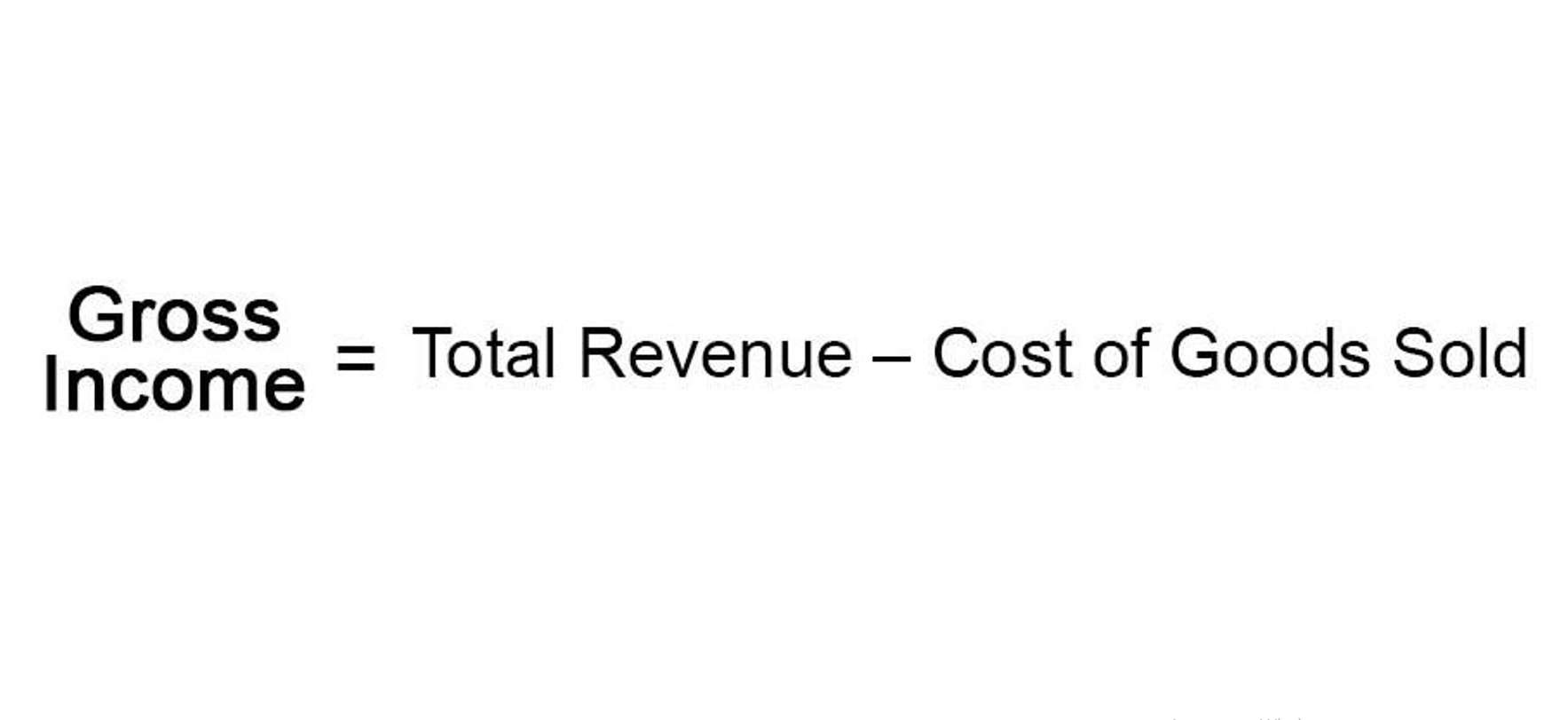
Funds from retained earnings are often used to reinvest back in the company and fuel future growth, but it’s also important to keep a portion on hand to ensure your business’s long-term financial health. Retained earnings can typically be found on a company’s balance sheet in the shareholders’ equity section. Retained earnings are calculated through taking the beginning-period retained earnings, adding to the net income (or loss), and subtracting dividend payouts.

Buy fixed assets
Wild Nigerian naira volatility takes MTN Group’s profits – ITWeb
Wild Nigerian naira volatility takes MTN Group’s profits.
Posted: Mon, 25 Mar 2024 07:00:00 GMT [source]
It’s sometimes called accumulated earnings, earnings surplus, or unappropriated profit. This line item reports the net value of the company—how much your company is worth if you decide to liquidate all your assets. Scenario 2 – Let’s assume that Bright Ideas Co. begins a new accounting period with $250,000 in retained earnings. When the accounting period is finalized, the directors’ board opts to pay out $15,000 in dividends to its shareholders. If a company has no strong growth opportunities, investors would likely prefer to receive a dividend.
Large Dividend Payments
- The company plans to reinvest a portion of synergies toward enhancing consumer choice, quality and competition in the wireless industry.
- When the management is looking to invest in the near future, they usually don’t pay dividends.
- This isn’t necessarily a bad thing as it may indicate the company is investing more in its future.
- You can find these figures on Coca-Cola’s 10-K annual report listed on the sec.gov website.
- In fact, both management and the investors would want to retain earnings if they are aware that the company has profitable investment opportunities.
And since expansion typically leads to higher profits and higher net income in the long-term, additional paid-in capital can have a positive impact on retained earnings, albeit an indirect impact. negative retained earnings appear as a debit balance in the retained earnings account, rather than the credit balance that normally appears for a profitable company. On the company’s balance sheet, negative retained earnings are usually described in a separate line item as an Accumulated Deficit. Many new companies start with negative equity because they’ve had to borrow money before they can start earning profits. Over time, a company will earn revenue and, hopefully, generate profits, which it can use to pay down its liabilities, reducing its negative equity.
Significance of retained earnings in attracting venture capital
- As stated earlier, retained earnings at the beginning of the period are actually the previous year’s retained earnings.
- You can either distribute surplus income as dividends or reinvest the same as retained earnings.
- A statement of retained earnings details the changes in a company’s retained earnings balance over a specific period, usually a year.
- InvestingPro Tips for Turkcell highlight several key strengths that may interest investors.
- We can find the retained earnings (shown as reinvested earnings) on the equity section of the company’s balance sheet.
- The increase in retained earnings can be found by subtracting the $40,000 in dividend payments from the $100,000 in net income the company earned, which equals $60,000.
Accounting terms can cause considerable confusion, and knowing the difference when keeping track of your finances is crucial for accuracy and financial literacy. An accurate view of your inventory with real-time stock reports, sales monitoring and order tracking. Make payday a breeze with automatic tax and retirement calculations, whether you’re paying one person or a whole team. Connect all your business tools, sync data, link bank accounts and work from anywhere, 24/7. Create and send branded invoices, add fast payments, nudge late payers and track job expenses. PwC refers to the US member firm or one of its subsidiaries or affiliates, and may sometimes refer to the PwC network.
National Small Business Week 2024: The Ultimate Guide
Your investment decisions should be justified by the valuations of the companies in which you invest. If the stock appears overvalued and there is a high degree of uncertainty about its business prospects, it may be a highly risky investment. Investors are often willing to wait for an earnings recovery in companies with temporary problems but may be less forgiving of longer-term issues. In the former case, valuations for such https://www.bookstime.com/articles/bookkeeping-for-painters companies depend on the extent of the temporary problems and how their rate of protraction. It can go by other names, such as earned surplus, but whatever you call it, understanding retained earnings is crucial to running a successful business. The SmartBiz® Small Business Blog and other related communications from SmartBiz Loans® are intended to provide general information on relevant topics for managing small businesses.
- These earnings are considered “retained” because they have not been distributed to shareholders as dividends but have instead been kept by the company for future use.
- Retained earnings provide a much clearer picture of your business’ financial health than net income can.
- Alternatively, a company with lower debt, or less liability, will appear less risky and more attractive to investors.
- This is the amount of retained earnings to date, which is accumulated earnings of the company since its inception.
- Negative retained earnings mean a negative balance of retained earnings as appearing on the balance sheet under stockholder’s equity.
- When a business has a positive retained earnings number, the company has more to spend on assets to foster further growth.
If a company is affected by external factors beyond its control, it may struggle to generate profits. While positive retained earnings are ideal, your retained earnings can still be harmful, depending on whether or not the company has generated more profits than it has paid out as dividends. As mentioned earlier, management knows that shareholders prefer receiving dividends. This is because it is confident that if such surplus income is reinvested in the business, it can create more value for the stockholders by generating higher returns.

When a business earns a surplus income, it can either distribute the surplus as dividends to shareholders or reinvest the balance as retained earnings. It reconciles the beginning balance of net income or loss for the period, subtracts dividends paid to shareholders and provides the ending balance of retained earnings. A company’s shareholder equity is calculated by subtracting total liabilities from its total assets. Shareholder equity represents the amount left over for shareholders if a company pays off all of its liabilities. To see how retained earnings impact shareholders’ equity, let’s look at an example. Thus, at 100,000 shares, the market value per share was $20 ($2Million/100,000).

Retained earnings are the residual net profits after distributing dividends to the stockholders. Now, you must remember that stock dividends do not result in the outflow of cash. In fact, what the company gives to its shareholders is an increased number of shares. Accordingly, each shareholder has additional shares after the stock dividends are declared, but his stake remains the same. Since cash dividends result in an outflow of cash, the cash account on the asset side of the balance sheet gets reduced by $100,000.
With a P/E ratio of just 12.98, the company presents an attractive valuation for investors, especially considering its significant revenue growth of 82.55% over the last twelve months as of Q1 2024. Start with the beginning balance, plus your net income, subtract dividends paid, and this will equal your yearly retained earnings. Businesses that have investors or shareholders will need to determine how they want to pay out these dividends. Either way, the amount will be deducted from your net income when determining retained earnings. Figuring out dividends is often a simple step, and if you don’t have investors, you can skip it altogether. Businesses that pay shareholder dividends will deduct these from their net income to figure retained earnings.








